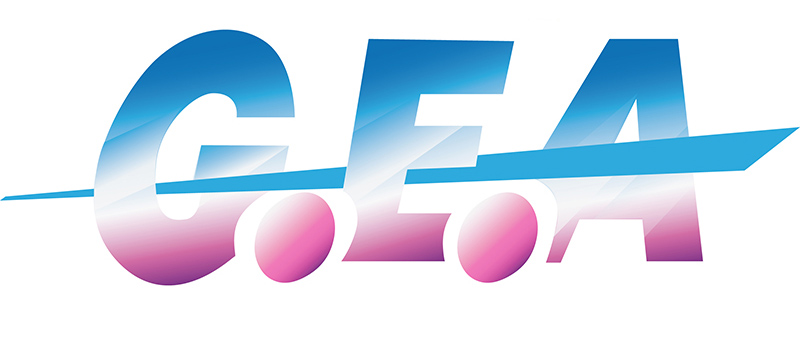CEN DSRC for sustainable road transport
CEN DSRC is a key technology supporting sustainable mobility, which is crucial and difficult to address. Road transport is one of the biggest challenges to sustainable mobility. The EU can only meet its greenhouse gas reductions targets, if road transport is addressed. Air quality is heavily impacted by road transport. At the same time road transport plays a key role for everyone in Europe and is essential to our daily lives.
CEN DSRC - De-carbonisation and emissions
Managing behavioural change is key to decarbonisation, as well as improving the emissions performance of road transport. CEN DSRC as a central element of road charging systems plays a role in rejuvenating vehicle fleets and reducing the cost of emissions. CEN DSRC is key to enforcing road charges, no matter if the location is established using satellite positioning or CEN DSRC.
EU transport policy attaches central importance to the ‘polluter pays’ concept and the ‘internalisation of external cost’, meaning that road users have to pay for carbon emissions, air pollution, etc.
The internalisation of external cost is covered by EU legislation through the so-called ‘Eurovignette’ directive 1999/62/EC. CEN DSRC is referenced in the so-called ‘interoperability’ directive, as one of EU’s road charging technologies, on which the internalisation of external cost is based. The European Commission’s ‘Sustainable and smart mobility strategy’ sees digitisation as a key element for the decarbonisation of road transport and again the concept of the internalisation of external cost.
CEN DSRC - Social sustainability & road safety
Road safety is one of the indicators of the UN sustainable development goals. Social sustainability and road safety are closely interrelated. Compliance with drive and rest times and vehicle weight restrictions protect drivers, as well as surrounding road users. Enforcement agencies use CEN DSRC to remotely check drive and rest times of truck drivers or conduct remote weight checks. Road charging collects funds that are necessary for road maintenance, which in turn is key making Europe’s roads amongst the safest in the world.
Drowsiness poses a risk to truck drivers themselves, as well as road users around them. It is the result of bad working conditions and long hours. Drive and rest times of truck drivers are regulated in the EU through the ‘drive and rest time’ regulation. Drive and rest time is enforced using an in-vehicle device that is legally required in every truck in the EU: the smart tachograph. Enforcement authorities can do remote pre-check on the smart tachograph using CEN DSRC.
Overloaded vehicles pose a road safety risk, due to longer breaking-distance and excessive wear of brakes. They also cause disproportionate wear to road surfaces and bridges. The enforcement of the EU’s ‘weights & dimensions’ directive relies on remote weight enforcement using CEN DSRC, complementing infrastructure based weight sensors.
CEN DSRC – future sustainability use-cases
CEN DSRC unique robustness and technical capabilities qualify it for further future use-cases in road transport supporting further decarbonisation, taxation or the functioning of the internal market.







